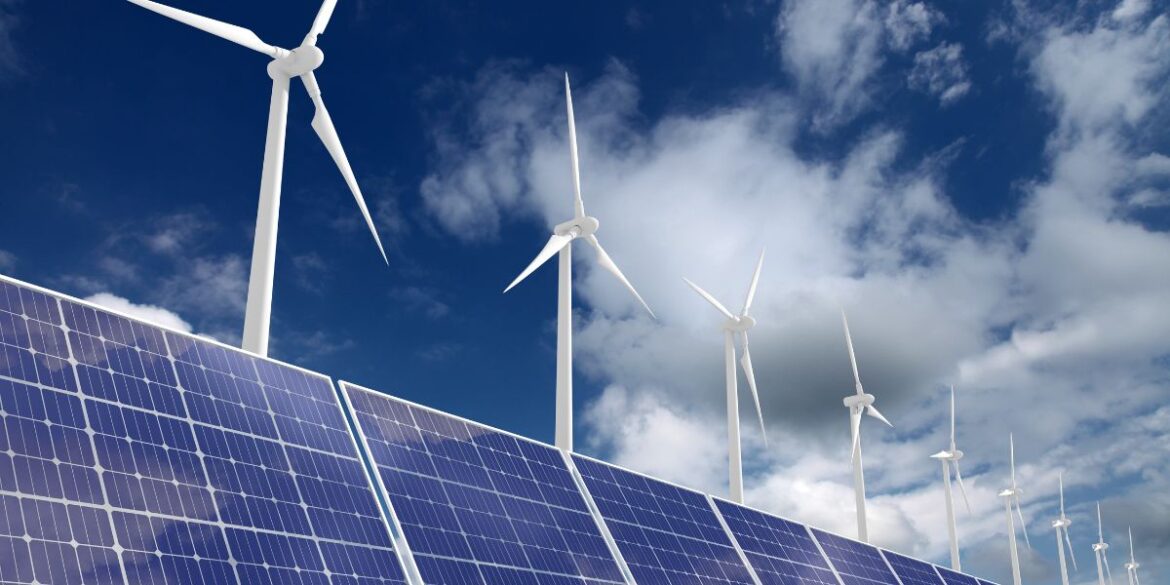The week spanning March 8 to 14 marked a significant acceleration in U.S. clean energy initiatives, particularly in solar-plus-storage projects, while revealing diverging economic trends across global regions. On March 6, rPlus Energies unveiled a major expansion of its Green River project in Utah. The updated power purchase agreement (PPA) with PacifiCorp now includes a quadrupling of battery storage capacity, increasing from 400 megawatt-hours (MWh) to a substantial 1,600 MWh. This $1 billion development underscores a broader push toward integrating large-scale renewable energy with storage, a critical component for enhancing grid resilience and energy reliability.
This rapid advancement in U.S. clean energy comes as global economic conditions display a mixed picture. The World Bank’s Global Monthly report for March highlighted a divergence in macroeconomic trajectories: while the United States continues to demonstrate robust growth and improving investor sentiment, other major economies are lagging. China and the eurozone are experiencing more tepid economic activity, with the latter still contending with post-pandemic sluggishness and policy headwinds. Emerging markets and developing economies (EMDEs), however, showed signs of easing inflation, suggesting some economic stabilization and potential for recovery.
In the United Kingdom, the Office for National Statistics reported a 9% weekly rise in household gas and electricity prices. Although this is still roughly 50% below the inflated levels seen a year ago, the increase indicates a potential resurgence in energy costs. Simultaneously, fuel demand remained steady and retail footfall was recorded at 99% of the previous year’s levels, pointing to resilience in consumer behavior despite cost pressures.
These developments reflect a global energy transition gaining momentum within an increasingly fragmented economic backdrop. As the U.S. continues to invest in renewable infrastructure, supported by policy and market frameworks that favor long-term decarbonization, other regions are grappling with uneven recoveries and inflation dynamics. Central banks in major economies remain cautious, balancing the need to support growth with the imperative to manage inflationary pressures.
For investors and policymakers, the message is clear: the path forward involves navigating a landscape where technological and industrial acceleration must coexist with macroeconomic uncertainty. The solar-plus-storage boom in the United States is emblematic of this dual challenge—providing both a model for clean energy expansion and a signal that strategic foresight is required to ensure sustainable global progress.

